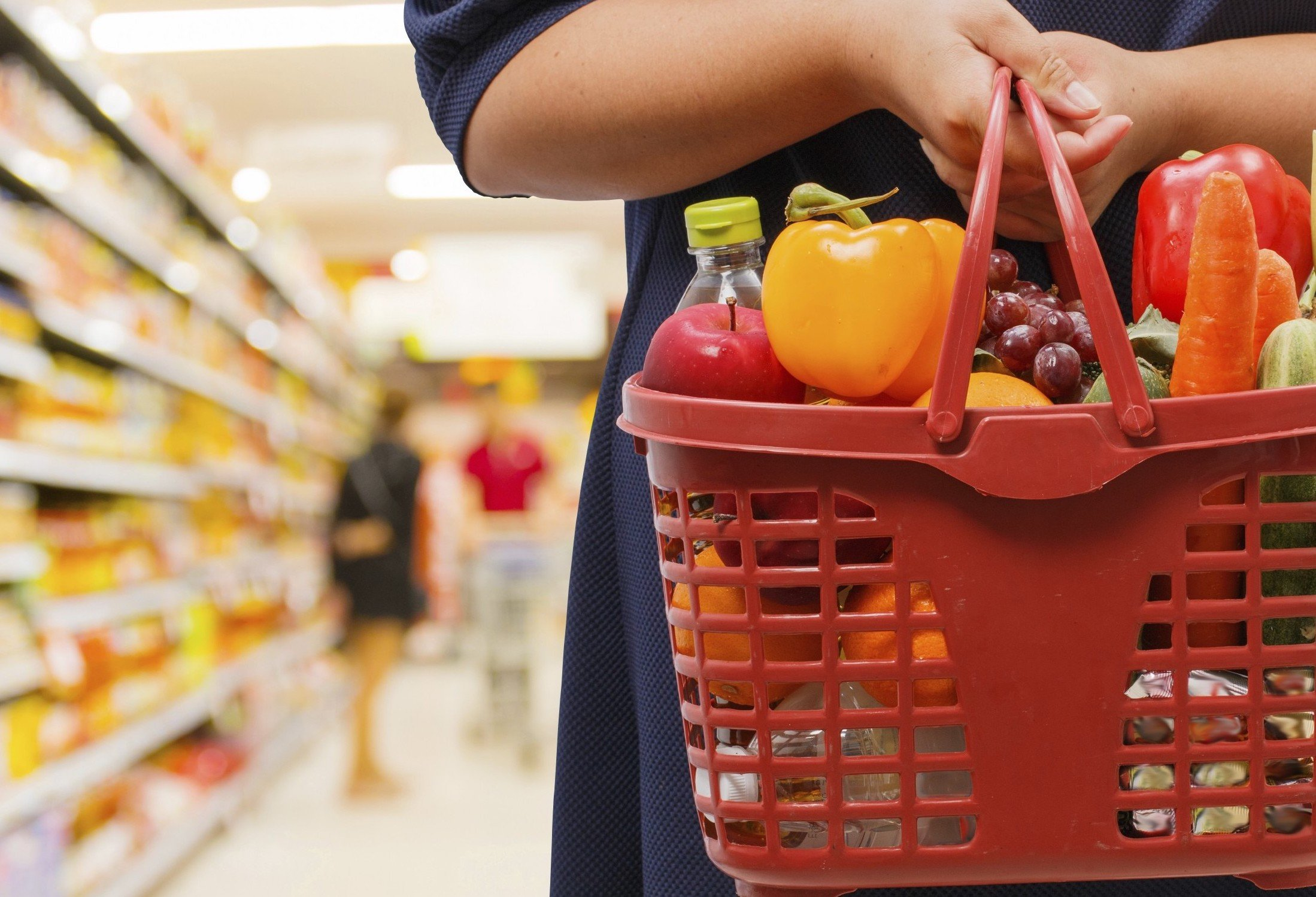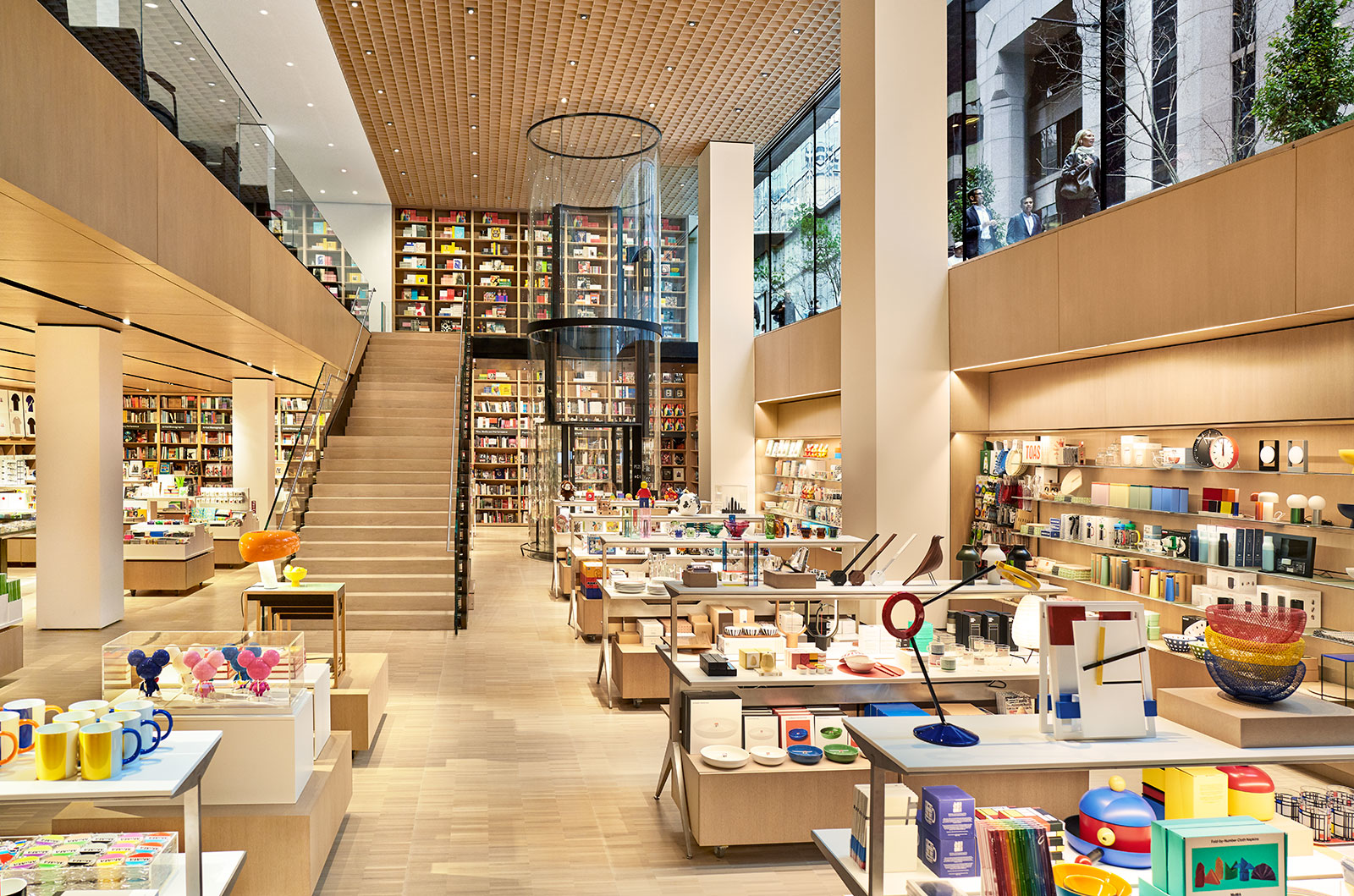Return to Resources
5 Reasons to Use Digital Maps in Grocery Stores
Oct 20, 2021
5 min read
Digital grocery store maps provide product information, a shopping list builder, and optimized routing so that shoppers and employees alike can navigate store layouts efficiently.
For most people, picking up groceries is a regular errand. Even still, the process has not yet been perfected. Picture this:
You’re standing in your regular supermarket. Your cart is full but you can’t shake the feeling that you’re forgetting something. You pace the aisles of the store, hoping to trigger your memory. Then, finally, you do!
You look high and low across the shelves but can’t seem to track it down. Out of the corner of your eye, you see an employee uniform but before you know it, they’ve turned the corner. They’re rushing through the aisles to fulfill one of the many online orders for the day so when you catch up to them and say that the product wasn’t where it normally is, they look flustered and say “check aisle 7.” Or maybe they said 11…
Eventually, you find it after wandering to the other side of the store so you pick it up, place it in your cart, and head to the checkout. As you stand in line, a store flyer catches your eye and you notice a couple promotions that you would normally take advantage of. You look back at the long line of people behind you, let out a sigh, and think “forget it.”
What if there was a solution to alleviate these all-too-common pain points while shopping?

Digital maps take away frustration by providing users with quick access to information and simple, easy-to-follow directions.
1. An improved shopper experience
How do you avoid forgetting what you need from the grocery store? Maybe you have a list on your counter at home, maybe you buy whatever calls out to you at the store, or maybe you really trust your memory. What if you could build a grocery list for your go-to supermarket that allowed you to see product details, prices, promotions, stock?
What if, with the click of a button, that shopping list was plotted along a store map and showed you the most efficient route to pick up all of the items on your list?

Many companies, including Walmart, Metro, and PC Optimum have launched their own mobile applications where users can view weekly flyers, browse the grocery selection, and create shopping lists. Mapping SDKs make it easy to integrate digital maps with existing consumer applications.
2. Self-serve mode
Much like self checkout machines, digital maps free up store associates to serve customers in other ways. It is common for grocery employees to be asked where a product is located, but with digital maps at their fingertips, customers can quickly find answers and the products on their lists. In this way, associates are now freed up to help with product recommendations, regular store cleanings, or stocking shelves.

3. Employee efficiencies
Once a digital store map has been created in a map management system, it can be repurposed for other platforms. For example, the store map used by customers can be used in other ways by store associates.
As we start to see a surge in online grocery shopping, digital maps can help store associates and grocery delivery services navigate through the store quickly and safely. In fact, a recent study showed a 13% reduction in distance travelled for store employees using Mappedin’s retail mapping SDK.
Employees can use the digital grocery map to:
Pick and pack online orders
Efficiently stock shelves
Review and update inventory
Optimize product locations based on foot traffic
Determine ideal locations for product promotions

4. Highlight in-store promotions
Digital signage allow customers to see relevant and timely promotions of their favourite brands, as well as giving retailers a platform to communicate information to their shoppers on hours, safety procedures, and other relevant messaging. Grocery stores can harness digital signage to capture their customers' attention in many ways.
Alternatively, stores like Target and Macy’s use indoor positioning systems (IPS) to provide a blue dot wayfinding experience to their shoppers. With this technology in place, customers are able to see exactly where they are within a store and populate directions to a specific product or a general department. Not only do these systems provide detailed location information, but IPS can help businesses further communicate with their customers. When paired with proximity marketing, digital maps can send push notifications to their users to notify them when an item from their shopping list is sold out or if nearby products are on promotion.

5. Data and analytics
With digital maps in place, businesses are able to gain valuable insights to better serve their customers. A mapping analytics dashboard can provide search trends, highlight top category selections, and show how customers engage with their digital promotions. Combining this information with the wealth of data already available to grocers, they can further understand their return on investment and more importantly, their customers.
Are you interested in improving efficiencies for your grocery store? Contact us today to learn more about Mappedin’s grocery store mapping software.

